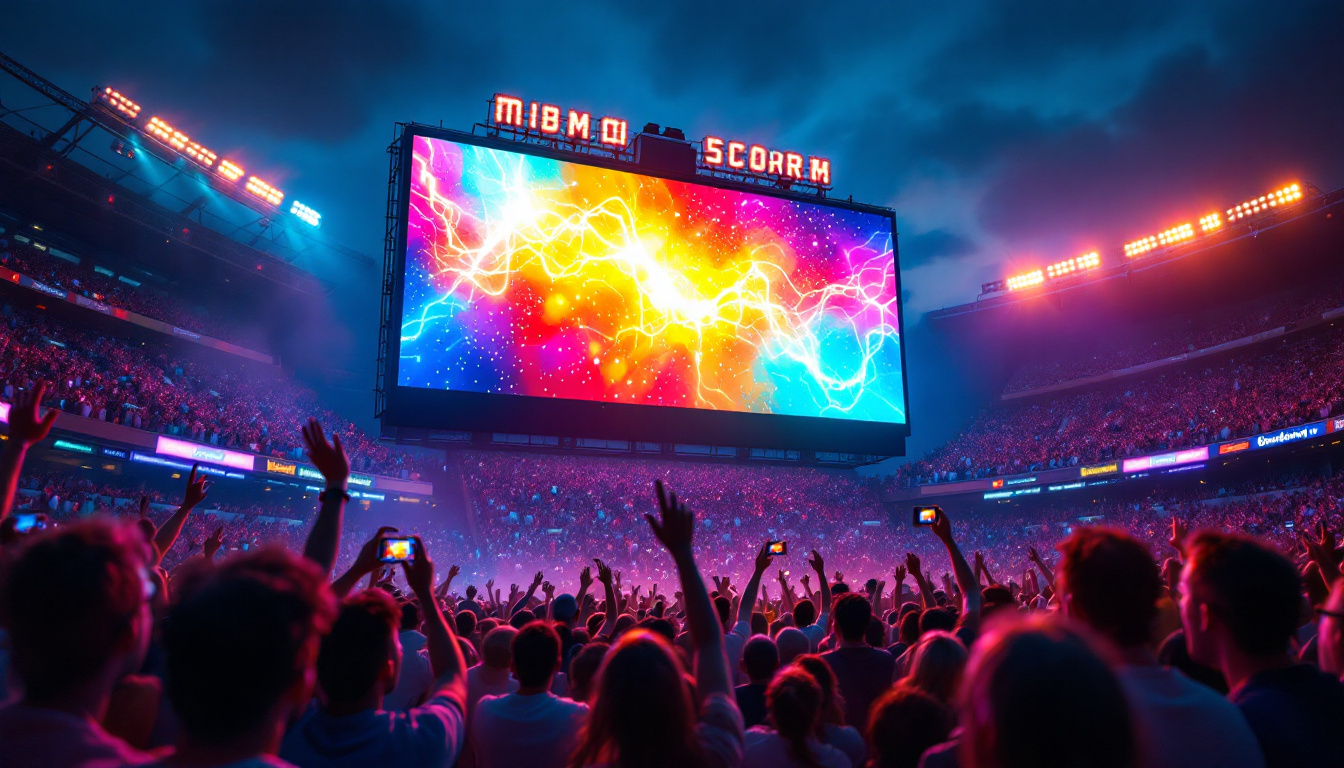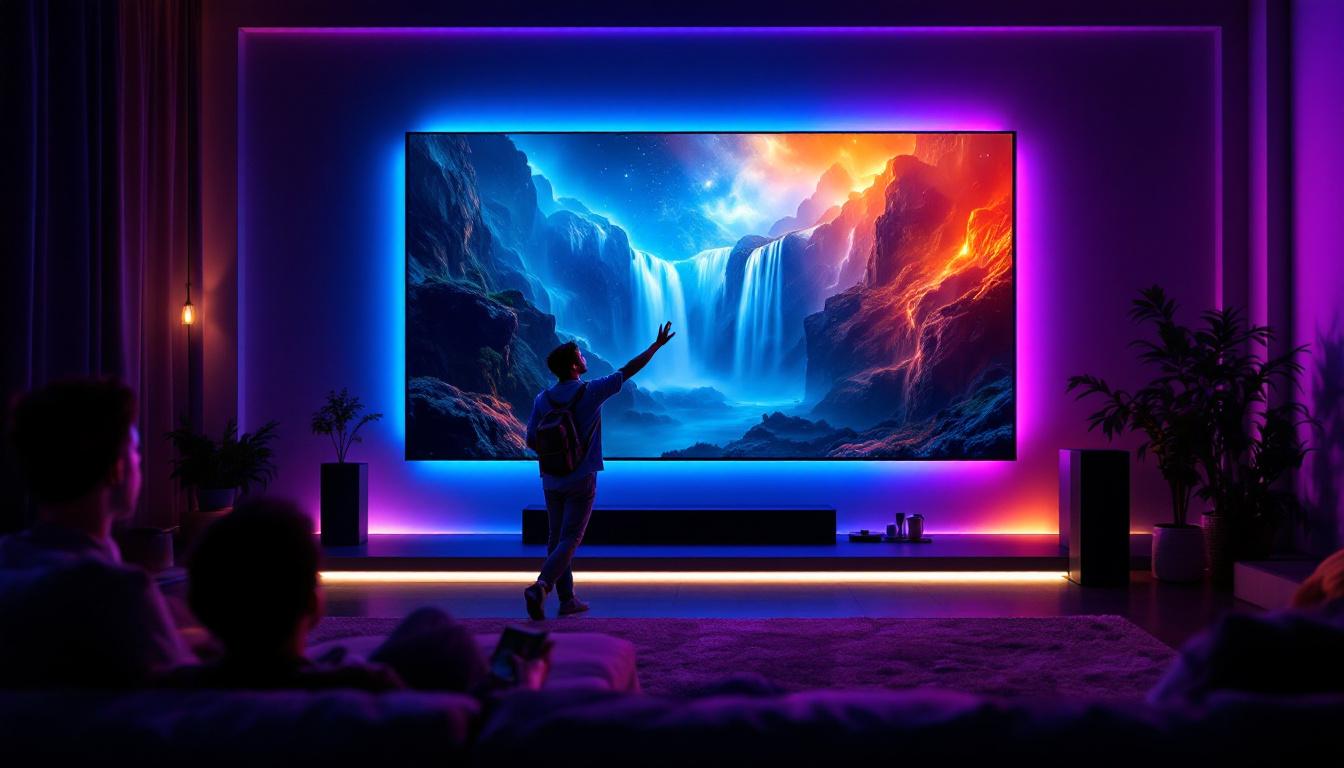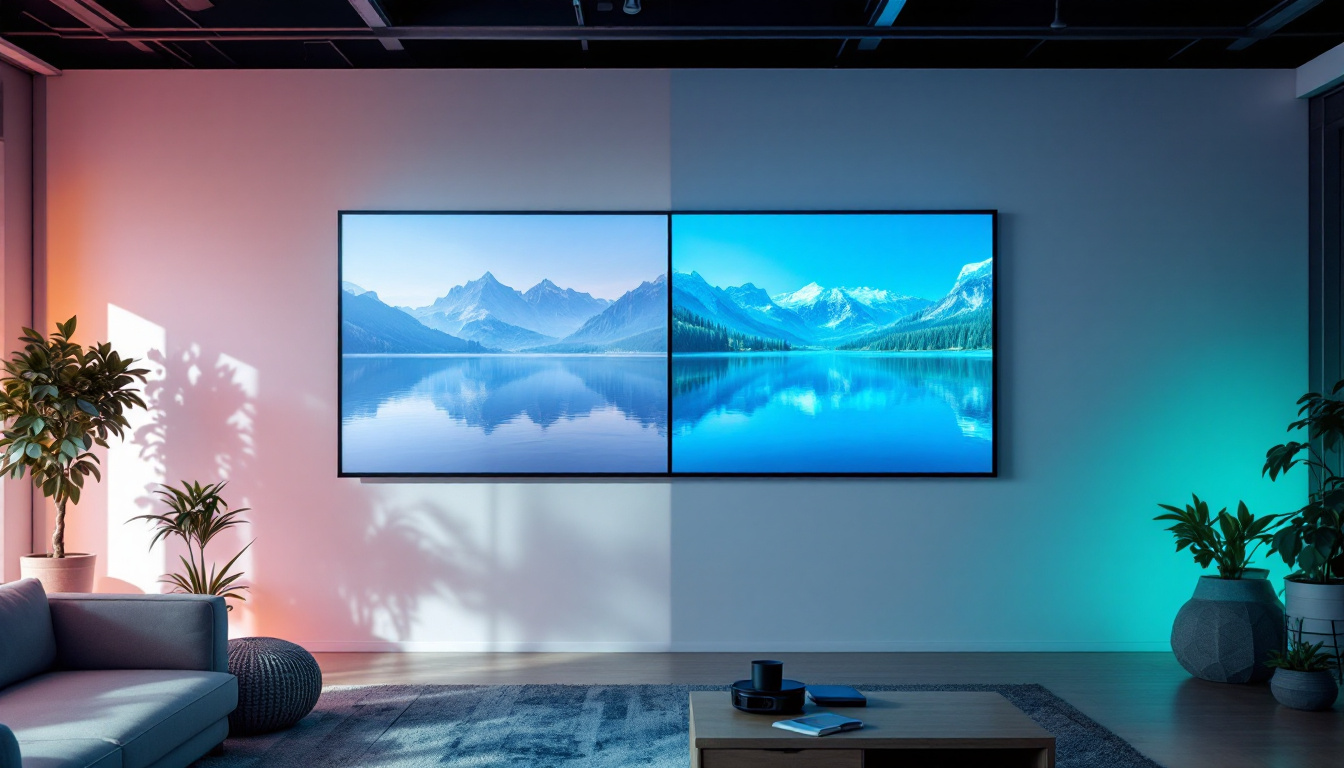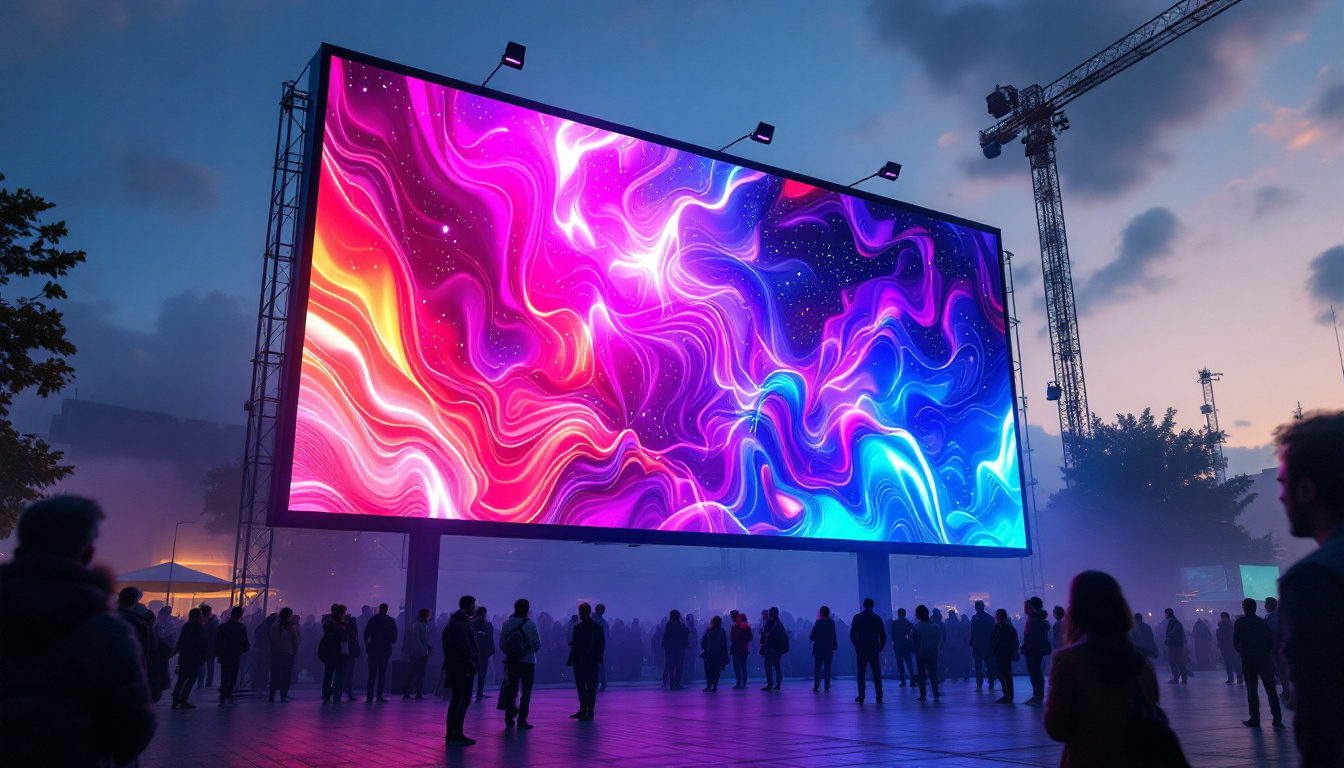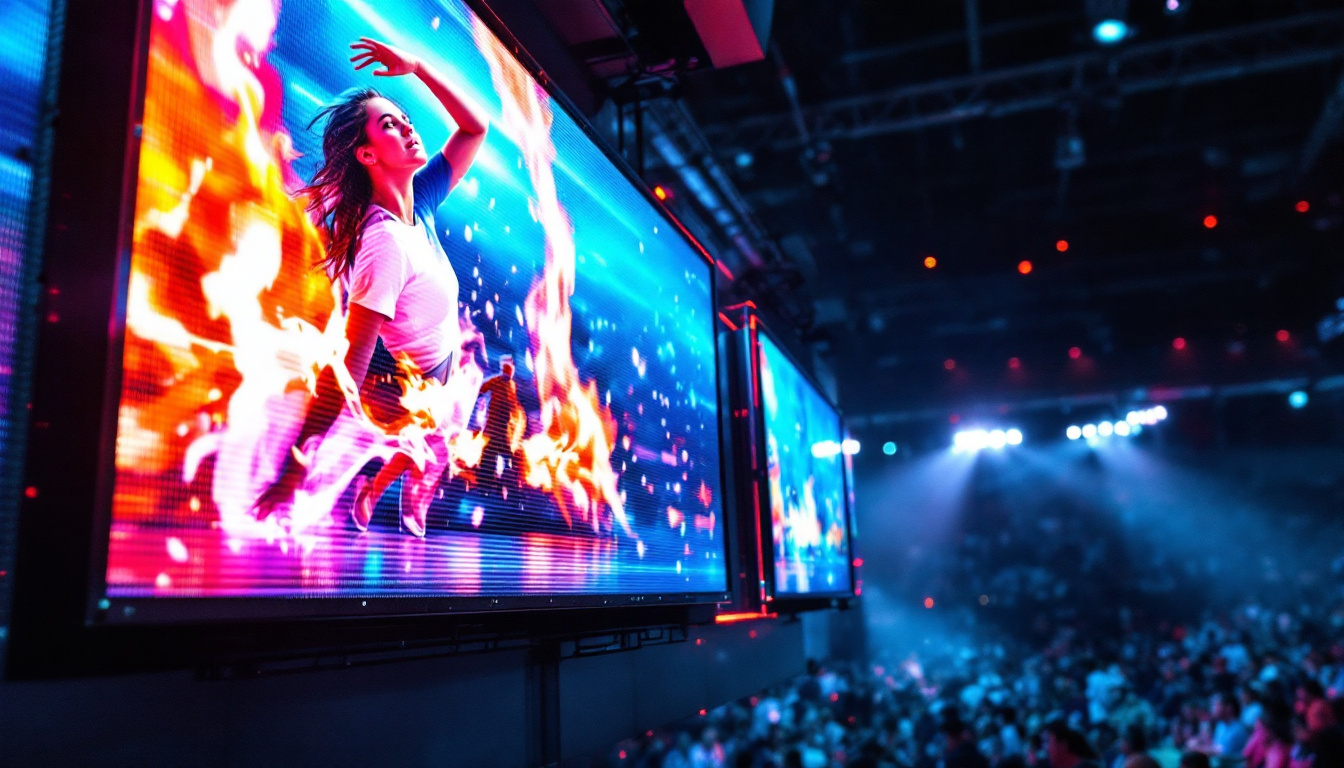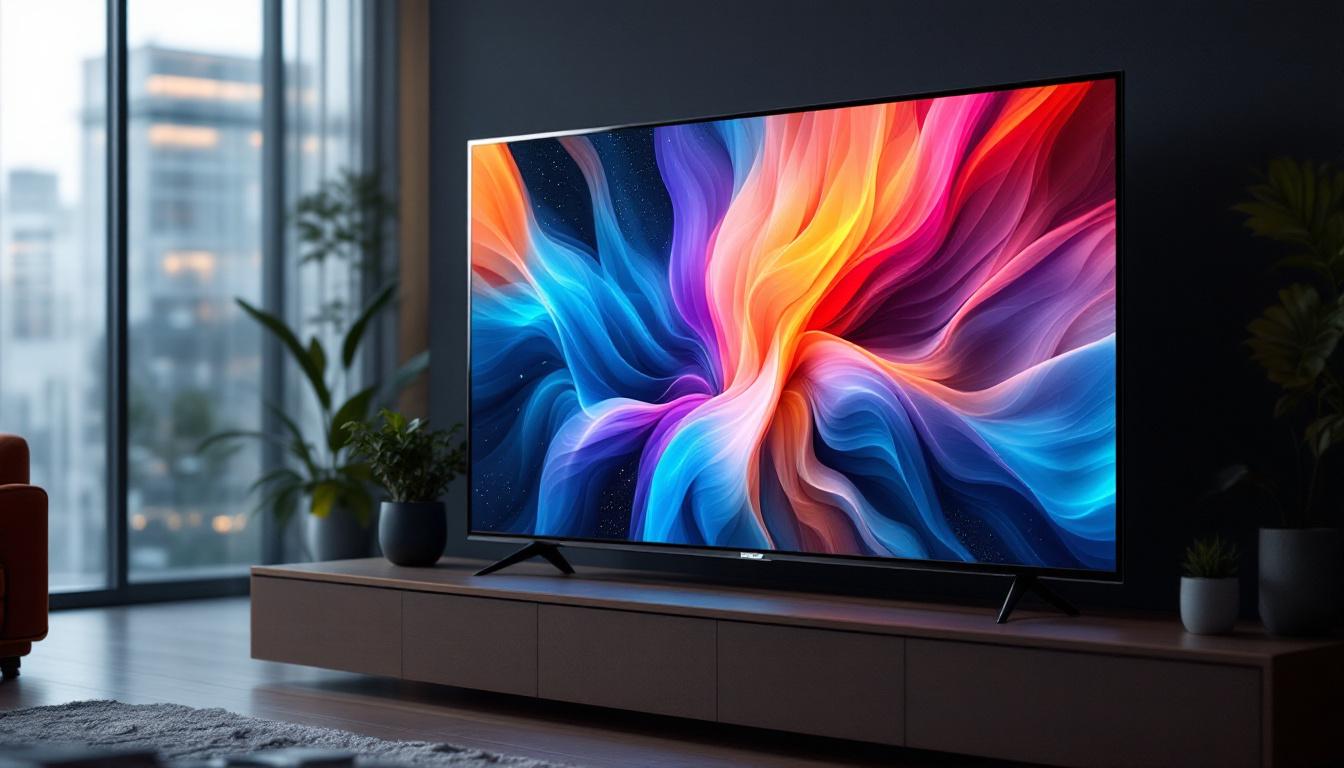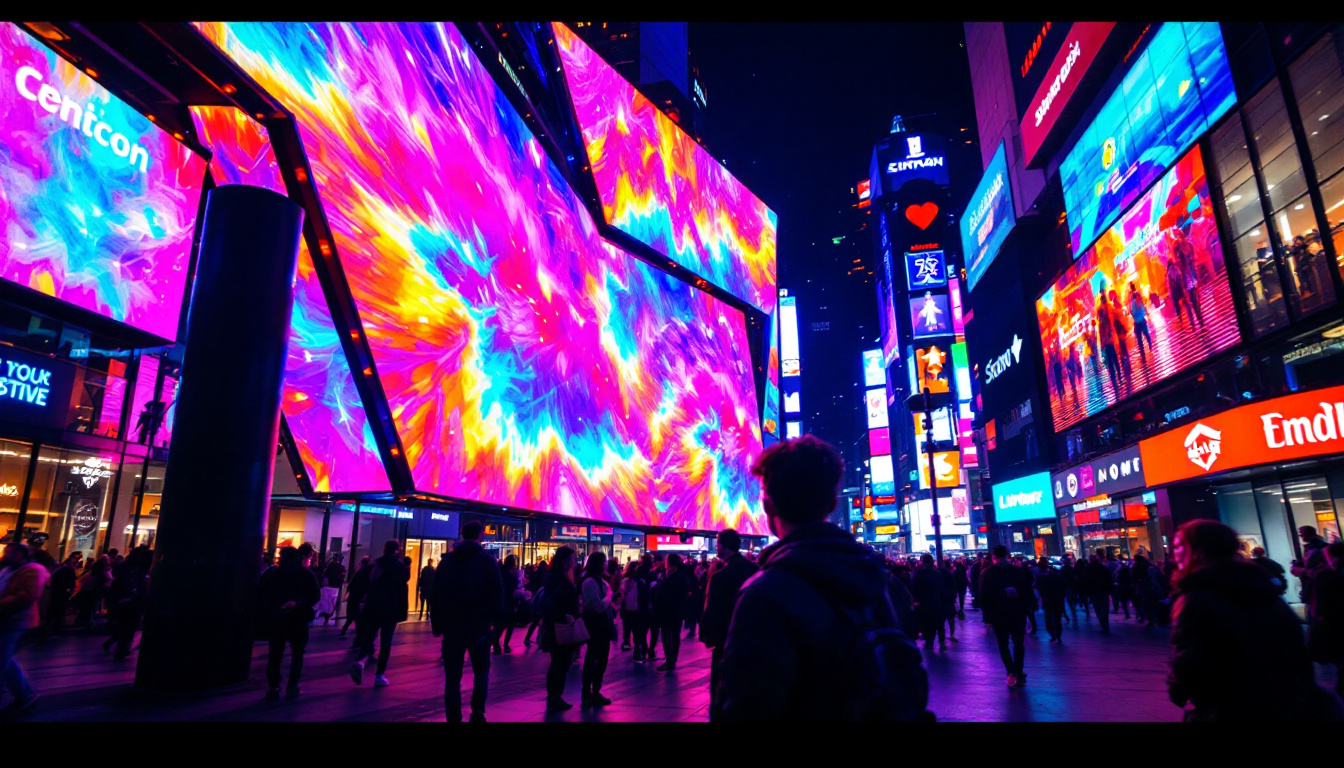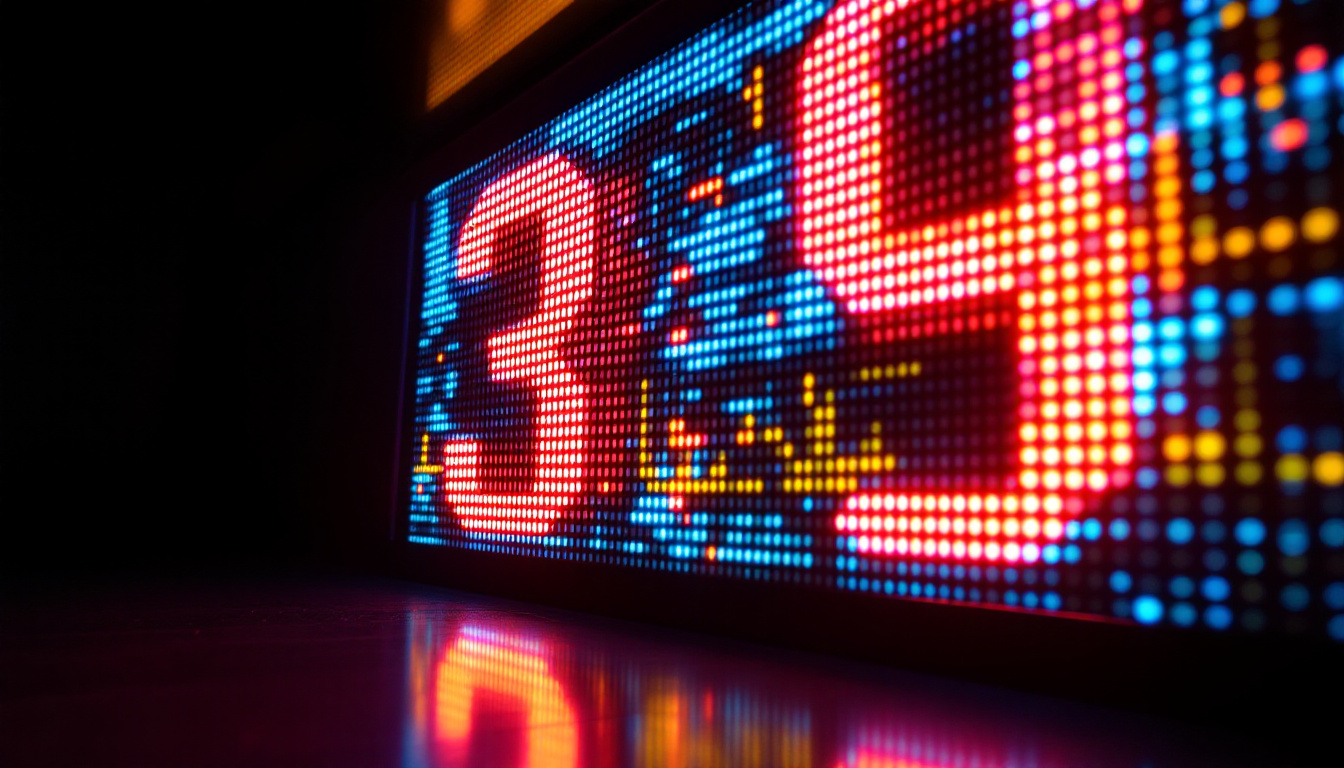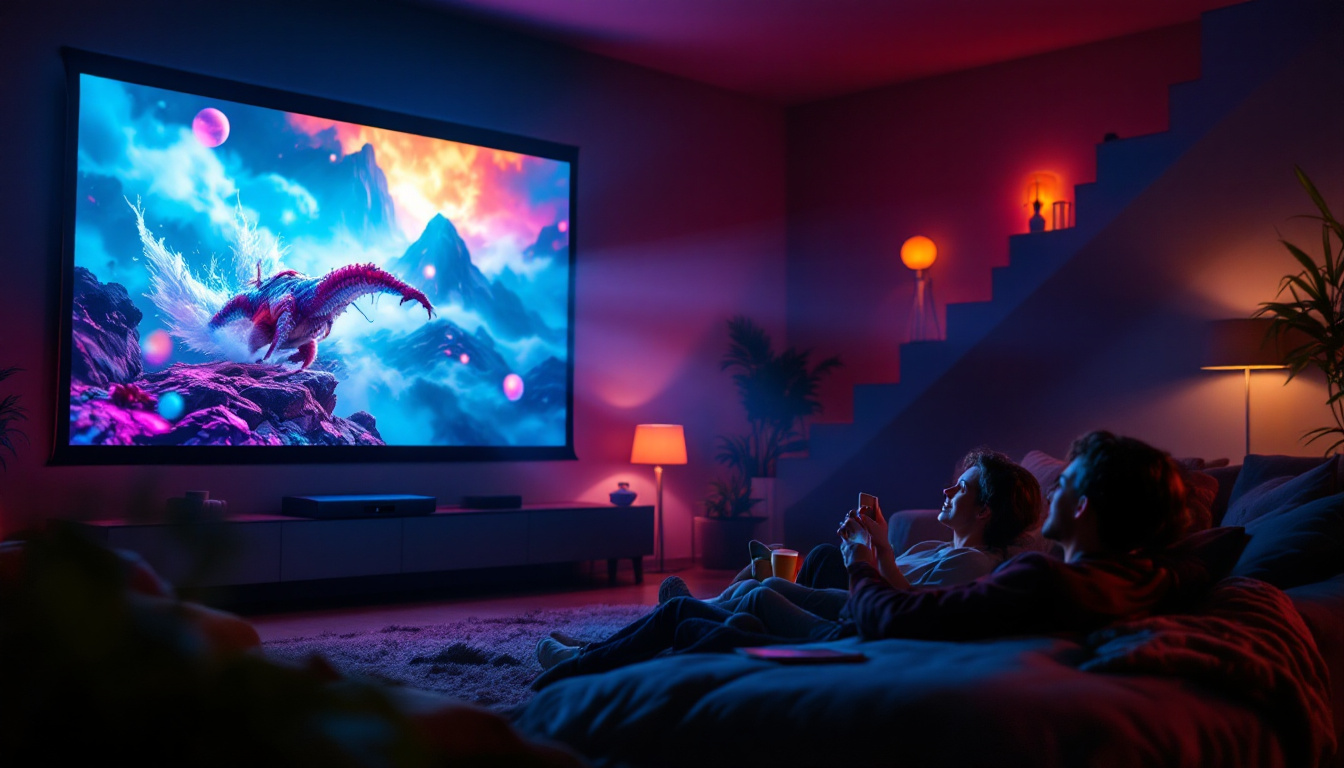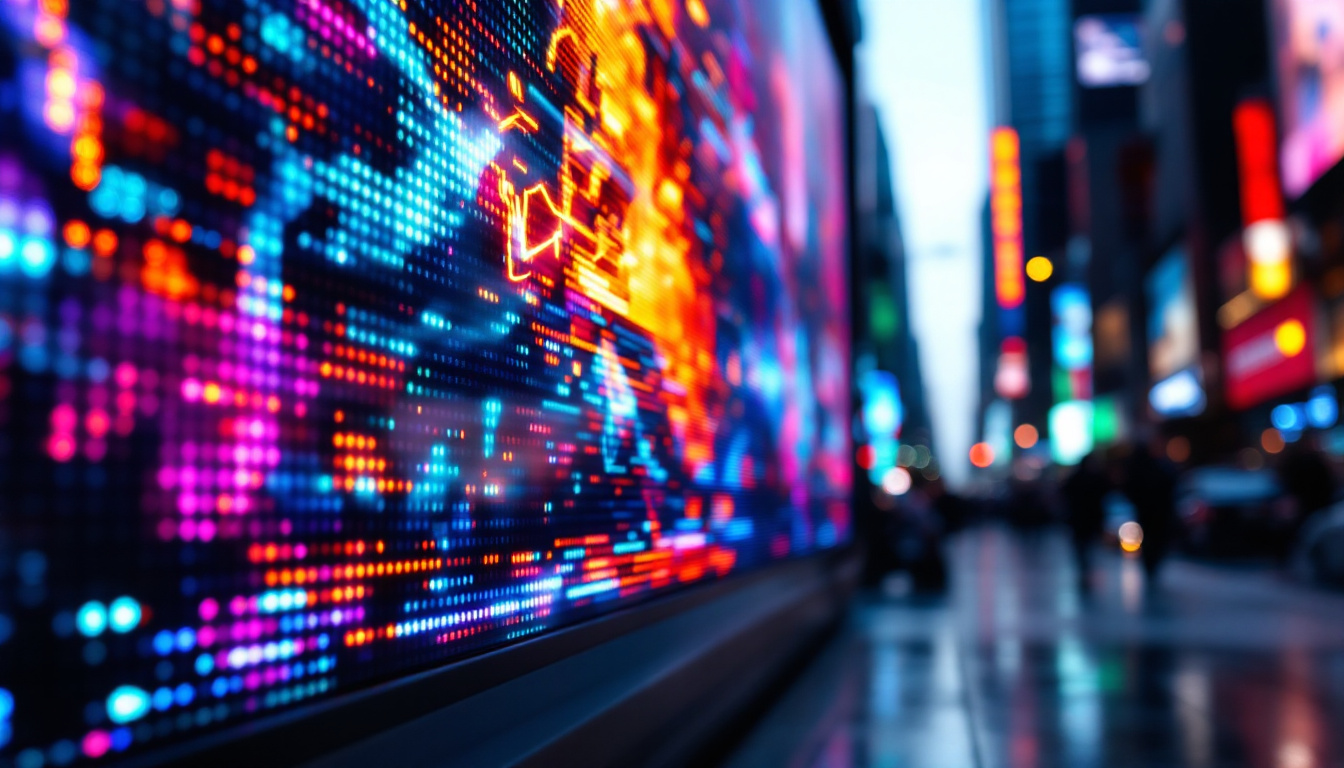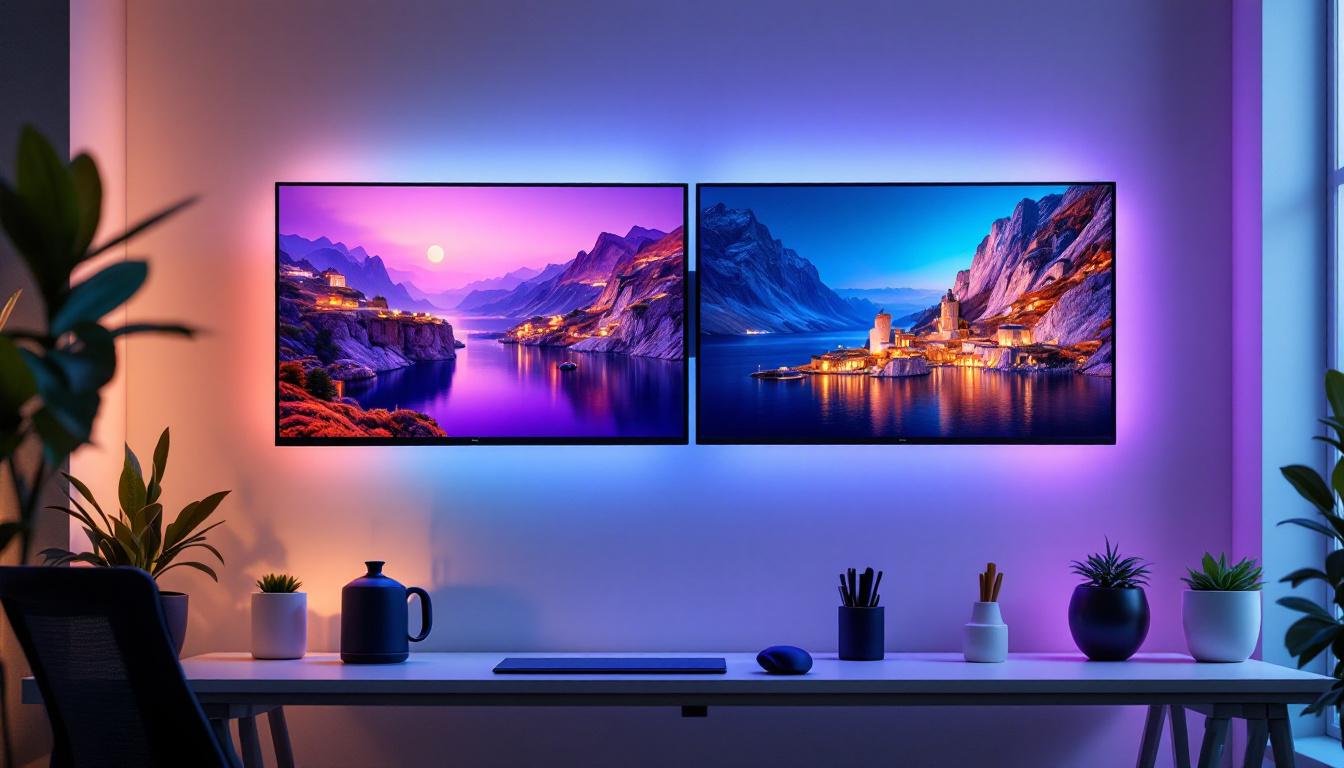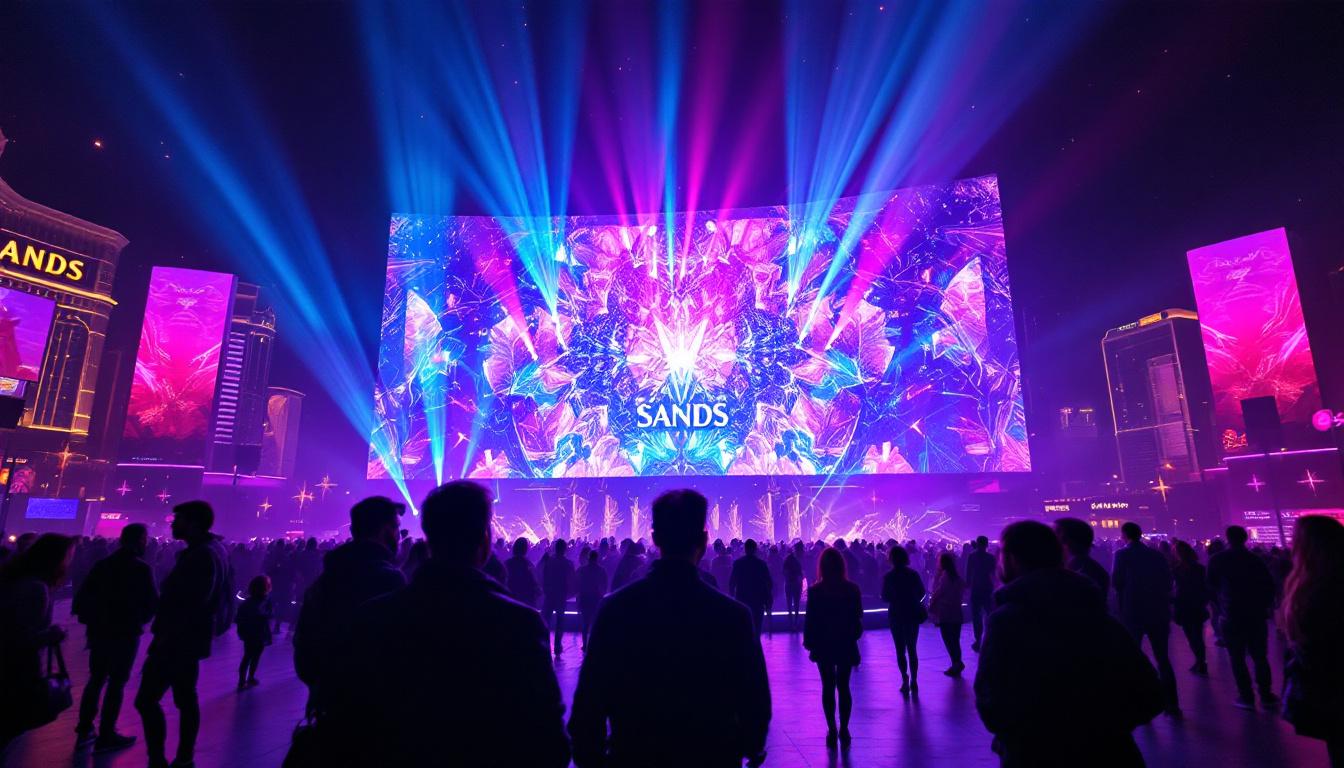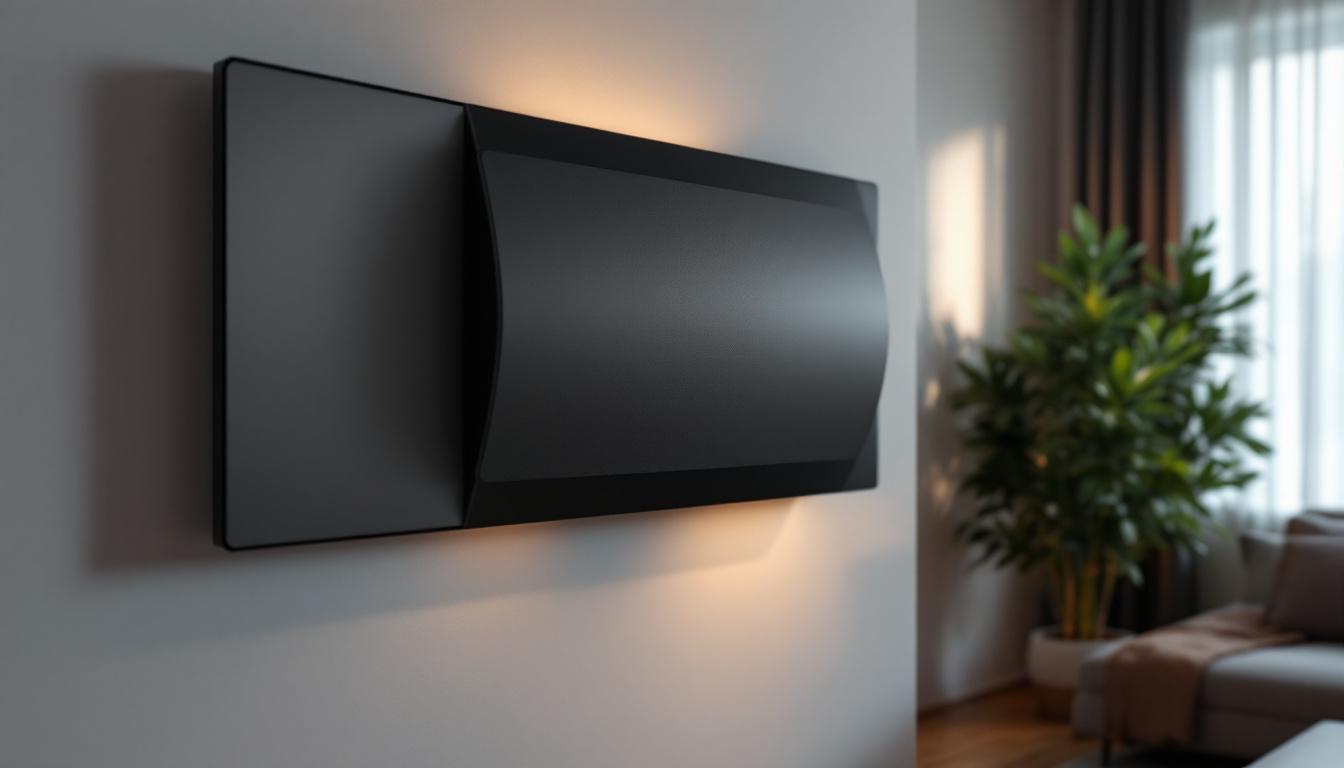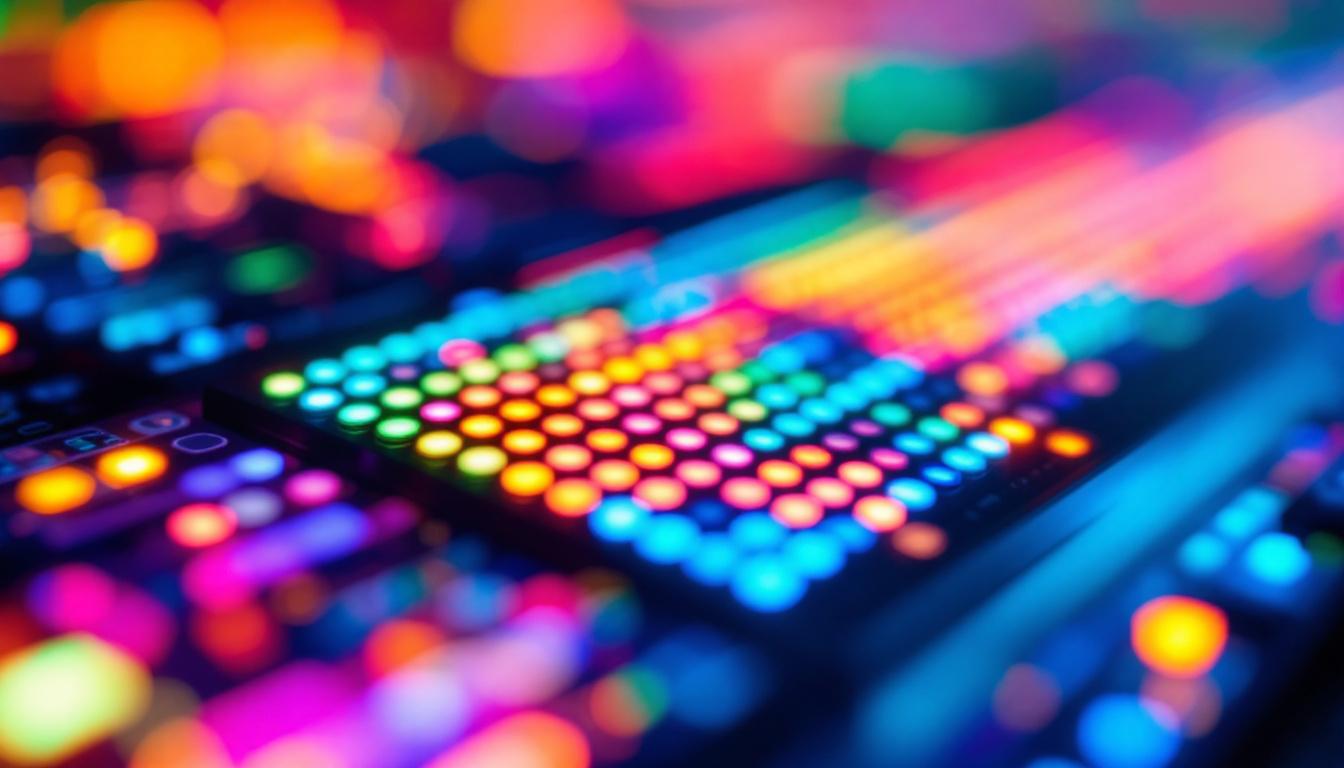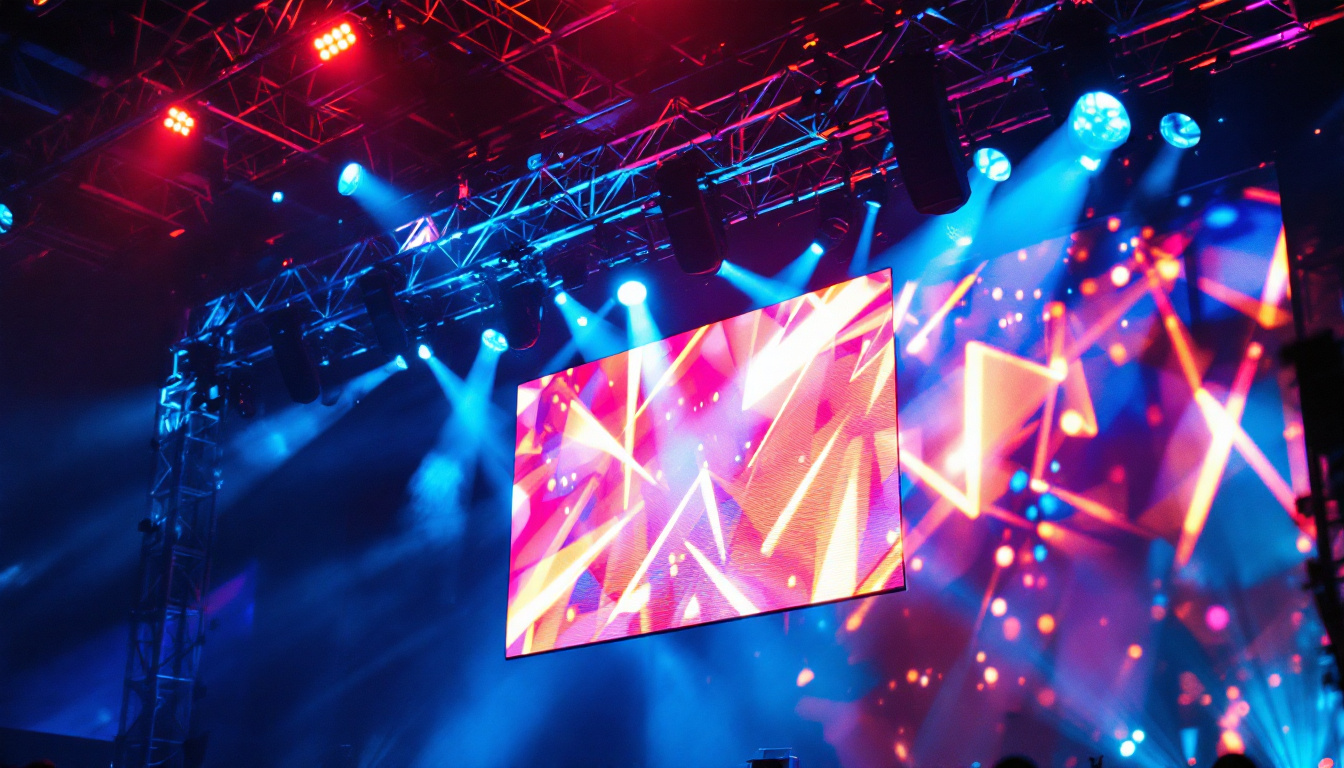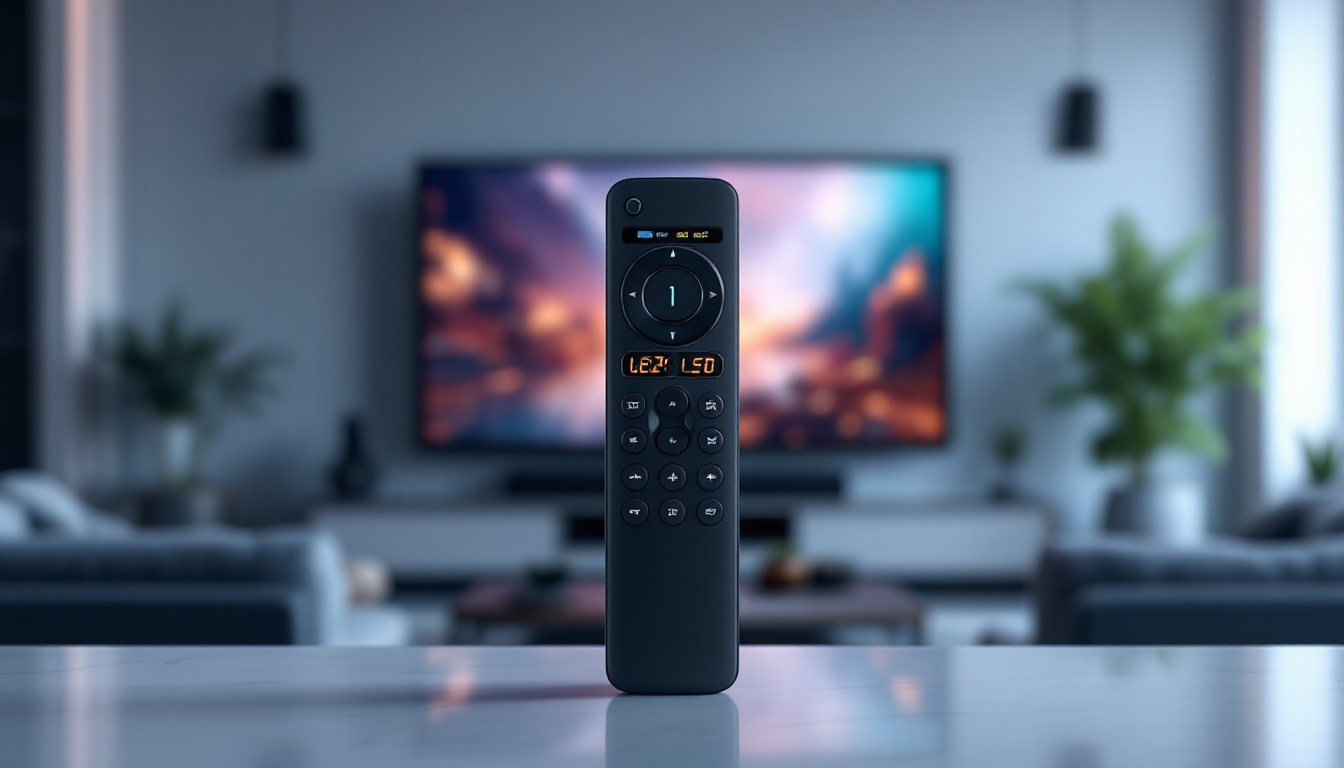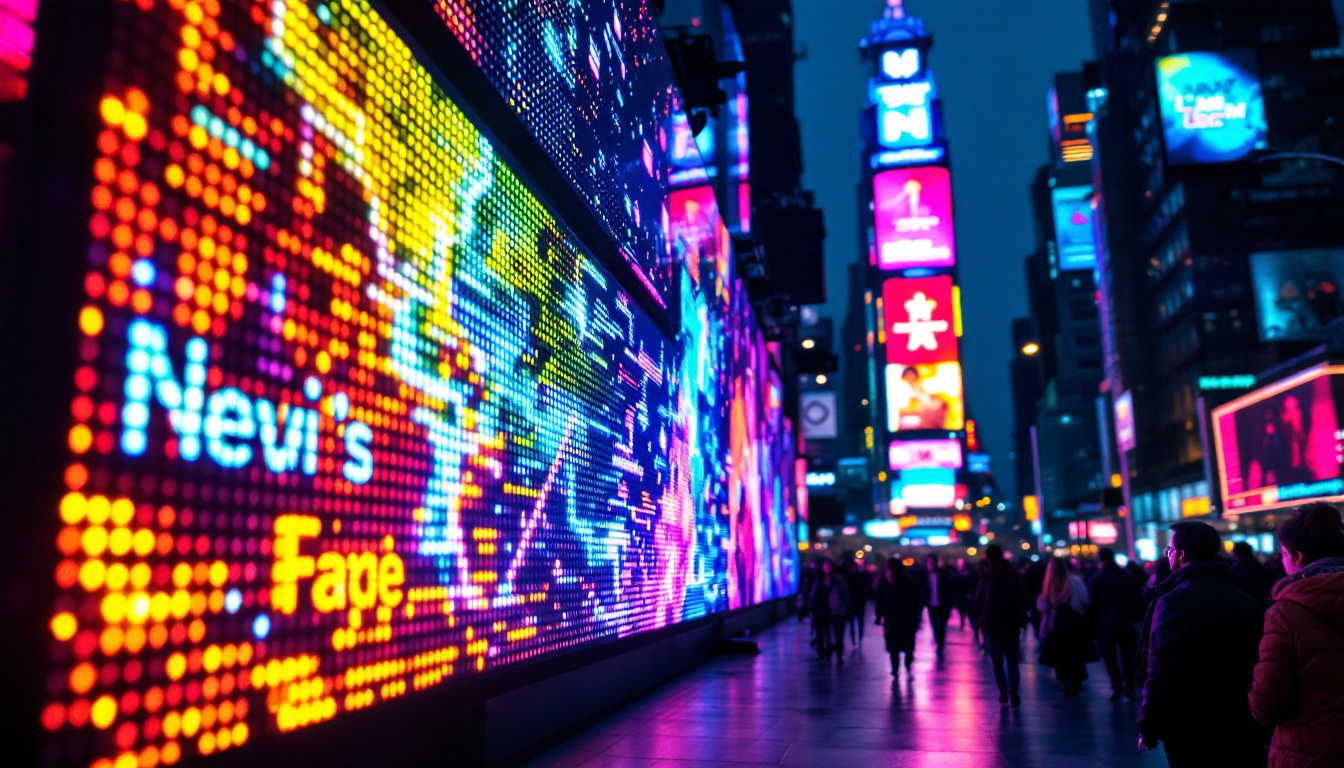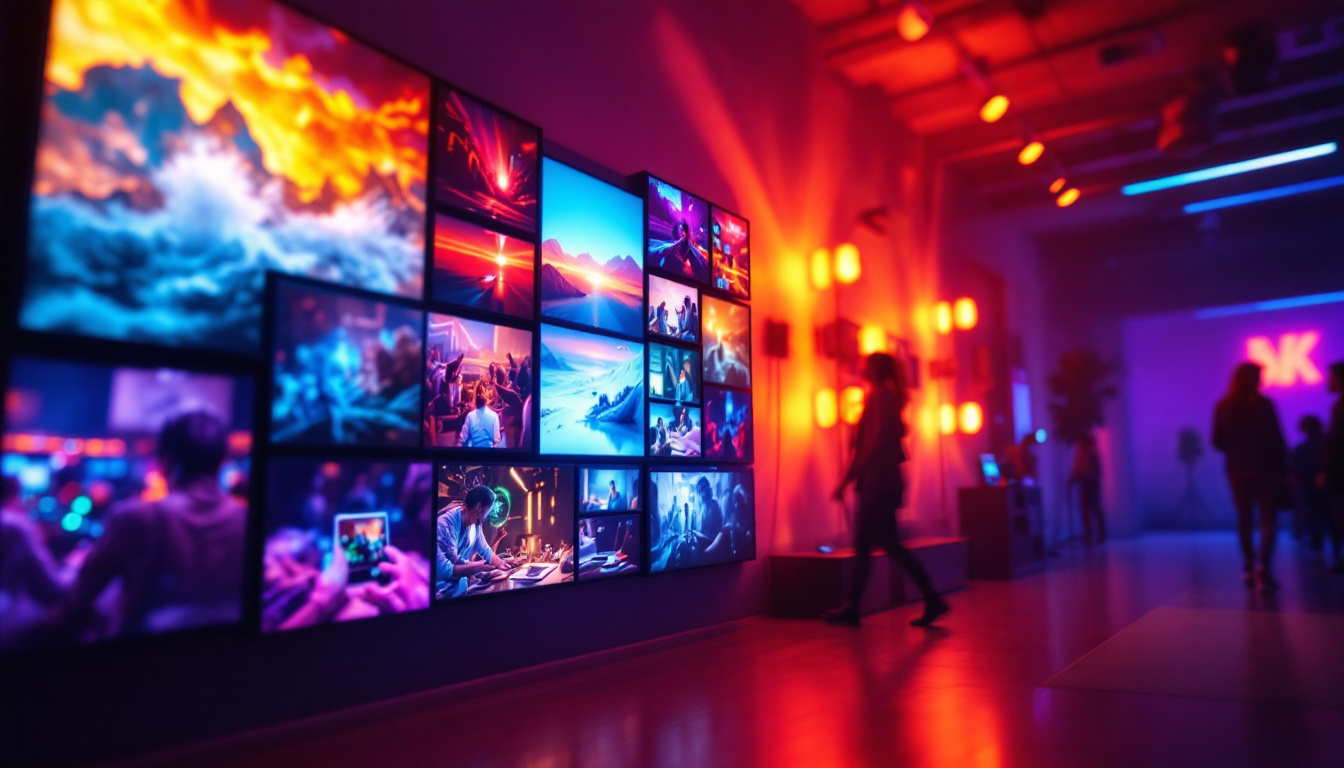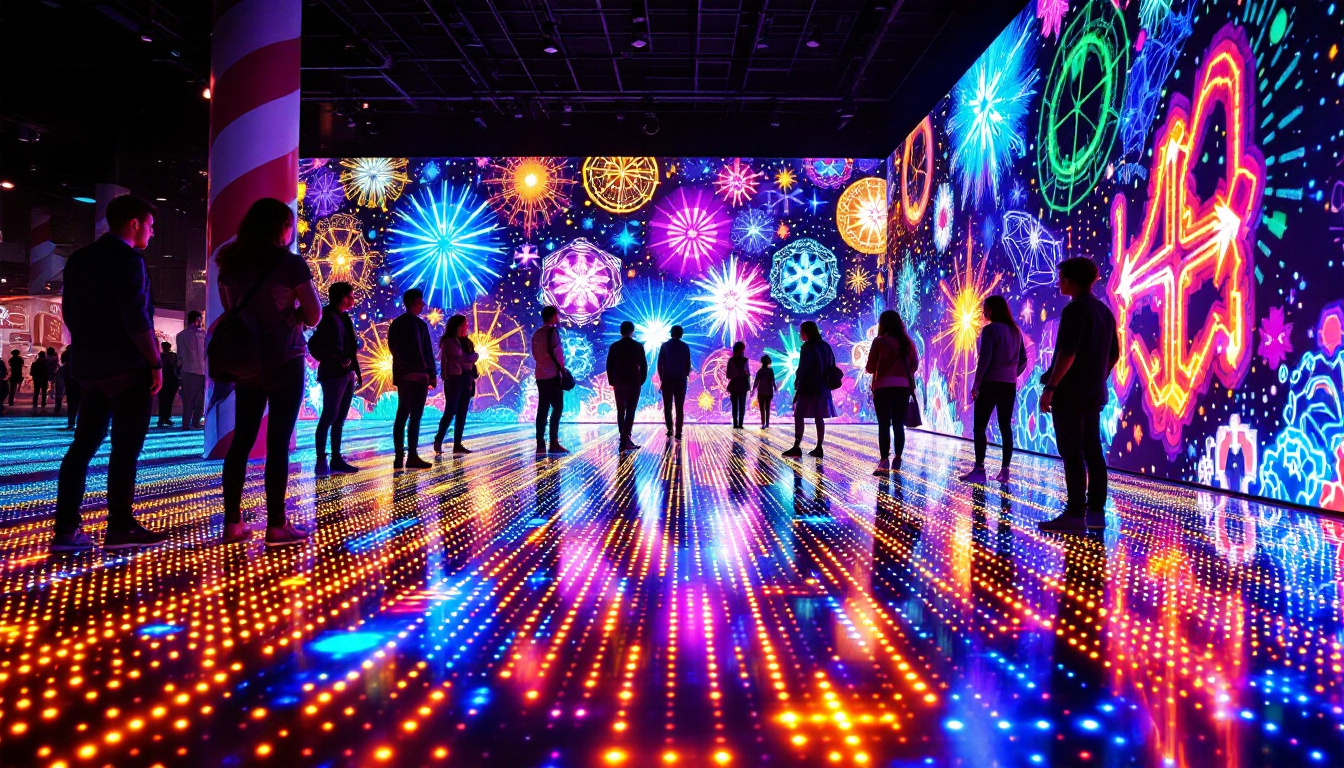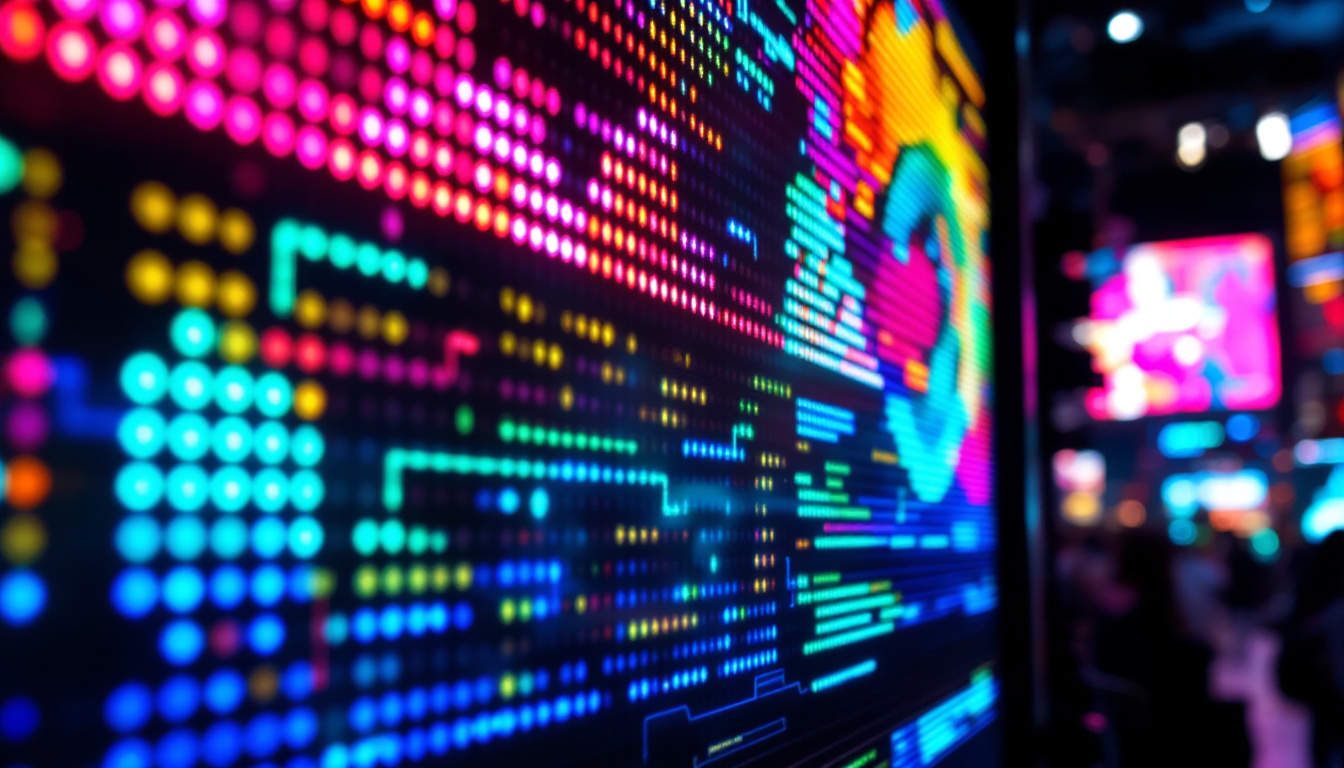In the world of sports, keeping track of scores and statistics is crucial for both players and spectators. Outdoor scoreboards have evolved significantly over the years, with LED displays becoming the standard for modern sporting events. This article delves into the intricacies of LED scoreboards, exploring their technology, advantages, and the various applications they serve.
Understanding LED Technology
LED, or Light Emitting Diode, technology has transformed the way information is displayed in various fields, including sports. Unlike traditional scoreboards that relied on incandescent bulbs or fluorescent lights, LED displays offer numerous benefits that enhance visibility and functionality. The evolution of LED technology has not only improved the aesthetics of scoreboards but also increased their durability and energy efficiency, making them a sustainable choice for sports facilities.
How LED Displays Work
LED displays consist of an array of small diodes, which emit light when an electric current passes through them. These diodes can produce a wide spectrum of colors, allowing for vibrant and dynamic displays. The arrangement of these diodes in matrix form enables the scoreboard to present numbers, letters, and graphics in a clear and engaging manner. Furthermore, the technology behind LED displays allows for rapid refresh rates, which means that animations and transitions appear smooth and fluid, greatly enhancing the spectator experience during live events.
The brightness of LED displays can be adjusted based on ambient light conditions, ensuring that scores are easily visible during both day and night games. This adaptability is one of the key features that make LED scoreboards a preferred choice for outdoor settings. Additionally, many modern LED displays are equipped with sensors that automatically adjust brightness levels, optimizing visibility while reducing energy consumption, which is particularly beneficial for venues aiming to lower their carbon footprint.
Types of LED Displays
There are several types of LED displays used in outdoor scoreboards, each designed for specific applications. The most common types include:
- Monochrome Displays: These displays typically show a single color, such as red or green, and are often used for basic scorekeeping. They are particularly cost-effective and are commonly found in smaller venues or for less complex sports.
- Full-Color Displays: Capable of displaying a wide range of colors, these scoreboards can present detailed graphics, animations, and advertisements, making them ideal for larger venues. The ability to showcase sponsor logos and promotional content in vibrant colors not only enhances the viewing experience but also provides an additional revenue stream for sports organizations.
- Segmented Displays: These are designed to show numbers and letters using a series of segments that can be illuminated individually, providing a clear and legible display. They are often used in sports where quick score updates are essential, such as basketball or soccer, where the score can change rapidly.
In addition to these common types, there are also specialized LED displays designed for specific sports or events. For example, some scoreboards come with integrated video screens that allow for instant replays or highlight reels, further engaging the audience and enhancing the overall atmosphere of the event. Moreover, advancements in LED technology have led to the development of flexible displays that can be tailored to fit unique architectural designs, allowing for innovative scoreboard placements that were previously unimaginable.
Advantages of LED Scoreboards
The shift towards LED technology in outdoor scoreboards has brought numerous advantages that enhance the overall experience for players and spectators alike. Understanding these benefits can help sports organizations make informed decisions when investing in new scoreboard systems.
Enhanced Visibility
One of the most significant advantages of LED scoreboards is their exceptional visibility. The brightness of LED displays ensures that scores can be seen from long distances, even in bright sunlight. This feature is particularly important for large stadiums and arenas, where spectators may be seated far from the scoreboard.
Moreover, the high contrast and vibrant colors of LED displays make it easier for fans to follow the game, enhancing their overall experience. The ability to display real-time statistics, player information, and other relevant data further enriches the viewing experience.
Energy Efficiency
LED technology is known for its energy efficiency compared to traditional lighting systems. LED scoreboards consume significantly less power, which translates to lower operating costs for sports facilities. This energy efficiency not only benefits the environment but also allows organizations to allocate resources to other areas, such as player development or facility maintenance.
Additionally, many LED scoreboards are designed to have a long lifespan, reducing the need for frequent replacements and further contributing to cost savings over time.
Versatility and Customization
LED scoreboards are highly versatile and can be customized to meet the specific needs of different sports and events. Whether it’s a football game, soccer match, or a track and field event, LED displays can be programmed to show relevant information, such as scores, time remaining, and player statistics.
Furthermore, the ability to integrate animations and graphics allows for creative presentations, making sporting events more engaging for fans. This level of customization can also be leveraged for advertising purposes, providing additional revenue streams for sports organizations.
Applications of Outdoor LED Scoreboards
Outdoor LED scoreboards are not limited to traditional sports venues. Their applications extend to various fields, making them a valuable asset in multiple environments. Here are some of the most common applications:
Stadiums and Arenas
Stadiums and arenas are the primary settings for outdoor LED scoreboards. These displays serve as the focal point for fans, providing essential information about the game, including scores, player stats, and game highlights. The dynamic nature of LED technology allows for real-time updates, ensuring that fans are always informed.
In addition to game information, LED scoreboards in stadiums often feature advertisements, promotions, and sponsorship messages, creating a dual purpose that benefits both the venue and its partners.
Community Sports Fields
Community sports fields and recreational centers are increasingly adopting LED scoreboards to enhance local sporting events. These scoreboards provide a professional touch to amateur games, making them more exciting for players and spectators alike.
Moreover, community organizations can use these displays to promote upcoming events, showcase local sponsors, and foster a sense of community pride. The investment in LED technology can elevate the overall experience for everyone involved.
Special Events and Festivals
Outdoor LED scoreboards are also utilized in special events and festivals, where large crowds gather for entertainment and activities. Whether it’s a music festival, a charity run, or a cultural celebration, these displays can provide essential information, such as schedules, directions, and safety announcements.
The versatility of LED scoreboards allows event organizers to adapt the content displayed, ensuring that attendees remain informed and engaged throughout the event. This adaptability makes LED displays an invaluable tool for successful event management.
Installation and Maintenance Considerations
While the benefits of LED scoreboards are clear, it is essential to consider the installation and maintenance aspects to ensure optimal performance and longevity. Proper planning and execution can significantly impact the effectiveness of the scoreboard.
Installation Process
The installation of an outdoor LED scoreboard involves several steps, including site assessment, structural considerations, and electrical requirements. A thorough site assessment is crucial to determine the best location for visibility and accessibility.
Once the site is chosen, the structural integrity of the mounting system must be evaluated to support the weight of the scoreboard. Additionally, electrical connections must be made to ensure a reliable power supply. Engaging professionals with experience in scoreboard installation can help streamline this process and ensure compliance with safety regulations.
Regular Maintenance
To maximize the lifespan of an LED scoreboard, regular maintenance is essential. This includes routine inspections to check for any signs of wear or damage, as well as cleaning the display surface to maintain optimal visibility.
Many manufacturers provide guidelines for maintenance, including recommended cleaning products and procedures. Additionally, having a trained technician available for repairs can help address any issues promptly, minimizing downtime and ensuring the scoreboard remains operational during critical events.
Future Trends in LED Scoreboard Technology
The world of LED scoreboard technology is continually evolving, with new advancements on the horizon. As technology improves, the capabilities of outdoor scoreboards are expected to expand, offering even more features and benefits.
Integration with Smart Technology
One of the most exciting trends is the integration of smart technology into LED scoreboards. This includes features such as remote monitoring and control, allowing operators to make real-time adjustments from anywhere. Such integration can streamline operations and enhance user experience.
Furthermore, smart technology can enable data analytics, providing insights into viewer engagement and allowing for more targeted advertising and promotions. This data-driven approach can significantly enhance the effectiveness of marketing strategies.
Enhanced Interactivity
As fan engagement becomes increasingly important, future LED scoreboards are likely to incorporate more interactive features. This may include social media integration, allowing fans to see their posts or messages displayed on the scoreboard during games.
Interactive elements can also involve fan voting, live polls, and contests, making the experience more immersive and enjoyable for attendees. By fostering a sense of community and participation, these features can enhance the overall atmosphere of sporting events.
Conclusion
Outdoor LED scoreboards have revolutionized the way scores and statistics are displayed in sports and events. With their superior visibility, energy efficiency, and versatility, they have become an essential component of modern sporting venues and community fields alike. As technology continues to evolve, the future of LED scoreboards promises even more exciting developments, ensuring that they remain at the forefront of enhancing the spectator experience.
Investing in an outdoor LED scoreboard not only elevates the game-day experience but also serves as a valuable tool for communication and engagement. As sports organizations and event planners look to the future, embracing the capabilities of LED technology will undoubtedly play a pivotal role in shaping the landscape of outdoor sporting events.
Discover LumenMatrix LED Display Solutions
Ready to take your outdoor event experience to the next level? LumenMatrix is at the forefront of LED display innovation, offering a wide range of solutions that bring your sports venue or event space to life. From vibrant Outdoor LED Wall Displays to interactive LED Sports Displays, our technology is designed to captivate your audience and communicate with impact. Don’t miss the opportunity to transform your space with our cutting-edge LED display modules. Check out LumenMatrix LED Display Solutions today and see the difference for yourself!

